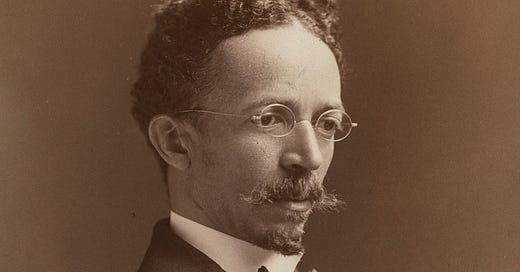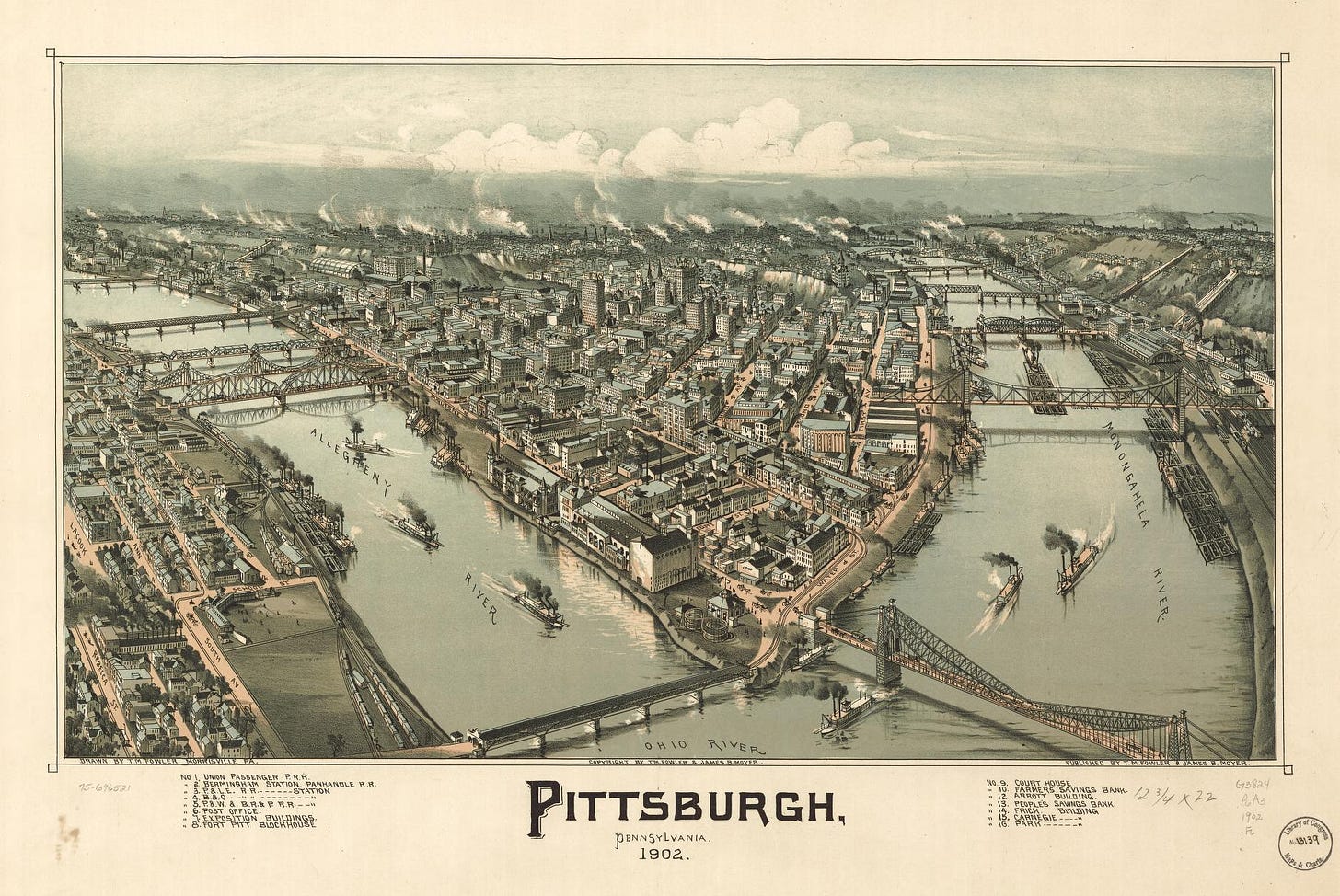Intro
The story of Henry Ossawa Tanner begins in the U.S. just before the start of the Civil War and ends shortly before the beginning of World War II. Throughout these years, life came with the promise of Reconstruction and the perils of its demise, the segregation that followed, and then numerous global tragedies, including a world war and the Great Depression.
Yet, amid these challenges, Henry became a world-renowned painter, celebrated by some as "the greatest artist that America has produced." This praise carried a bittersweet irony as Henry spent much of his adult life living in France, seeking refuge from America's racial prejudice and the limitations of being a "negro painter."
Biography
Henry was born in 1859 in Pittsburgh, Pennsylvania, at a time when America was undergoing dramatic physical, social, and political transformations. The Industrial Revolution was reshaping the country's landscape, and Pittsburgh stood at the forefront of this change. With a strategic location at the confluence of the Allegheny, Monongahela, and Ohio Rivers and abundant coal and iron deposits, the city was becoming a hub for manufacturing and trade. Factories and mills arose as a result, earning Pittsburgh the nickname “Smoky City,” as thick plumes of soot darkened the skyline.
It was also during this time that America rapidly expanded westward under the banner of Manifest Destiny, asserting its belief in a country "from sea to shining sea." Regions became territories, and territories were becoming states.
But, economic growth and national expansion couldn't contain the underlying turmoil taking place in the country. America had deeply fractured in the 1850s after a decade of federal policies intended to sustain slavery only heightened tensions.
Questions about slavery's existence were not new. Since the nation's founding, it had been a deeply divisive issue, with Northern states gradually moving toward abolition in the decades after the Revolution. While this created a general division between free and slave states, the issue remained unresolved, with repeated conflicts over its expansion into new territories and states. But then came the Fugitive Slave Act of 1850, which required Northerners to assist in the capture of escaped slaves, bringing the horrors of slavery into their communities, transforming a relative apathy into a strong desire to end the institution and helping galvanize abolitionist movements.
Henry was born into this fraught environment as the first child of Sarah and Benjamin Tanner. The topics of slavery and racism were prominent in the family's home, where the issues were deeply personal. Henry's mother had been born into enslavement and lived so until escaping via the Underground Railroad. Henry's father came from a long Pennsylvania lineage and had always been free. He was a proud American known for being vocal and uncompromising about both issues. In one of his first prominent examples, Benjamin sued a U.S. Deputy Marshall for assault and battery after the Marshall threw Benjamin out of an event in 1859. While trial records no longer exist after being burned in a fire, the action itself spoke volumes about Benjamin's character: he would not tolerate injustice even if doing so came at great risk.
Keep reading with a 7-day free trial
Subscribe to Historical Snapshots to keep reading this post and get 7 days of free access to the full post archives.





